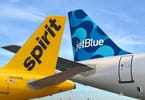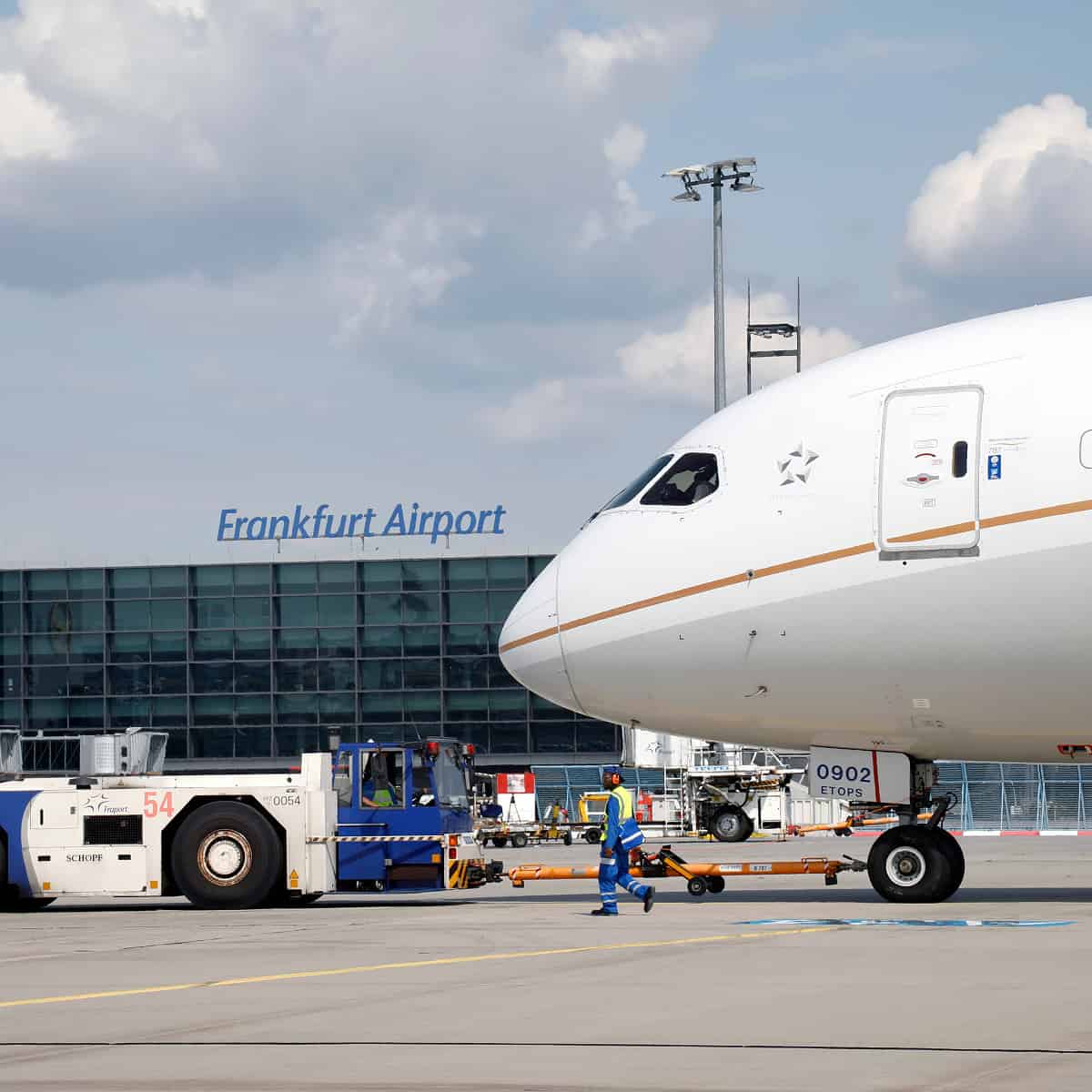Most travel brands use Facebook and Twitter but growing numbers are using Google+ to engage with users in a compelling way. Could this be down to the growing recognition that the boundaries between social and search are becoming increasingly seamless? Pamela Whitby reports.
When it comes to talking travel on social media, it isn’t exactly difficult to engage with users. “It is not as if travel brands have to sell laundry detergent,” says Carolyn Johnson, Senior Media Solutions Lead, Social at Google Inc. People are passionate about travel and keen to share their experiences. They are also willing to engage with great content and in particular with captivating photos and video. This, says Johnson, is something that Google+ does really well. “Pictures and videos tend to elicit most shares, +1s, and comments than anything else,” she says, citing VisitGreece which has been particularly successful with its video and photo stream on Google+. Other travel brands engaging in a compelling way include Laterooms.com, Booking.com, and Delta Airlines.
In general, says Johnson, brands that have success on G+ are doing a variety of things but all are utilizing the “basics” of social marketing. In other words, they post often and truly engage with the audience with compelling content. Some brands have a G+ badge on their site, and some are using their own marketing techniques such as emails and so on to promote their G+ presence. “One unique thing we offer is the ability for brands to do Hangouts – Delta, Pure Michigan, and most recently National Geographic have done Hangouts that were broadcast on their YouTube page, as well as G+,” she says.
Weaving in relevance
While Johnson can’t speak about search engine optimization, she can talk more broadly about how social is being weaved into search results and why that is so important for brands. Basically it comes down to Google’s core mission statement: to make the world’s information more accessible and more relevant. By using social data from a cross section of social networks as a signal in the algorithm it is able to achieve this. “Google+ adds another layer by making it relevant for users and it allows brands to engage with more personal results when consumers are searching for them,” says Johnson.
How this works in practice goes something like this: In the past it was exciting for friends and family to know that Johnson had taken a trip to Istanbul, for example, but nobody really cared about where she stayed until it became relevant to them. Now with the ability to write reviews or Plus 1 a particular hotel chain or brand, when friends and family are connected via Google plus, and are searching for a hotel in Istanbul, her endorsement of that brand or hotel will come up higher in their search results.
“While other social networks will post information, it often gets buried within a feed or gets pushed down the list whereas Google, on the other hand, is surfacing results when it is relevant for people within my circles,” she adds. Another way brands can interact is by posting regularly to Google+. “If I am doing a brand search on Google for Delta Airlines, for example, then on the right-hand side we now give placements so that users will see brands latest posts in Google+.”
Inextricably linked
Google+ is evolving but other social brands are, too. Facebook with Graph Search and more recently its newly-launched news feed, which looks more like the mobile version. Twitter too, as EyeforTravel.com recently reported, is looking at ways it can develop relevant advertising and marketing products for travel. One thing seems clear, travel marketers now comprehend that social and search are inextricably linked. The numbers tell the story well. In 2012, 50% of direct bookings were reported to have originated in social media and over 70% of Americans are driven to purchase by social media.
According to Anil Aggarwal, Chief Executive of Milestone Internet Marketing, today social engagement is becoming seamless with Search. Indeed Google+ and Facebook Graph search features are clear indicators that social results and personal preferences are going to impact the search results that the consumers see today, he argues.
Interestingly, Aggarwal believes that leveraging social channels, and particularly Google+, will help enhance Internet marketing strategies and online visibility. “Developing a refined content marketing strategy and social engagement for online visibility and search marketing strategy is key,” he says. Indeed, social signals, blogging, and author rank became an integral part of the search algorithm through Google’s Panda and Penguin updates in 2012, so in 2013 it is even more evident that social media is a non-optional part of a successful Internet marketing strategy.
Personalization will prevail
Everybody is talking about personalization of search results and it has become increasingly evident, says Aggarwal “that driving social signals (on and off-page) was an integral part of SEO.” Today as the quality and engagement factor of content plays a larger role in SEO, developing a creative and defined voice will also contribute to the success of any social marketing strategy.
According to Johnson, the most important thing is to understand what engagement means and ensure that a brand is fully submerged in social. “Customers could be looking for you in a search engine, they could be looking for you on YouTube, but any brand needs to make sure they are accessible and engaging with that audience,” she says. Creating a presence is the first step, but it is not enough any more to simply have a page on any of the 400 – yes 400 – social networks in existence today. “You have to start the conversation. Be true to your brand but post meaningful content and then engage back and forth with users,” she says.
As we move into 2013, we will see the boundaries between channels and platforms becoming seamless but the biggest challenge of all, says Aggarwal, will be how to offer up high-quality content in the form of text, images, and videos. The trick will be getting this across multiple channels in a seamless manner so consumers hear the same message no matter where they encounter the brand, he says.
Time is running out. Join Social Media and Mobile Strategies for Travel 2013 in San Francisco next week to hear more insights from Carolyn Johnson, Senior Media Solutions Lead, Social at Google Inc., and Anil Aggarwal, Chief Executive of Milestone Internet Marketing.
WHAT TO TAKE AWAY FROM THIS ARTICLE:
- Now with the ability to write reviews or Plus 1 a particular hotel chain or brand, when friends and family are connected via Google plus, and are searching for a hotel in Istanbul, her endorsement of that brand or hotel will come up higher in their search results.
- “If I am doing a brand search on Google for Delta Airlines, for example, then on the right-hand side we now give placements so that users will see brands latest posts in Google+.
- In the past it was exciting for friends and family to know that Johnson had taken a trip to Istanbul, for example, but nobody really cared about where she stayed until it became relevant to them.






















